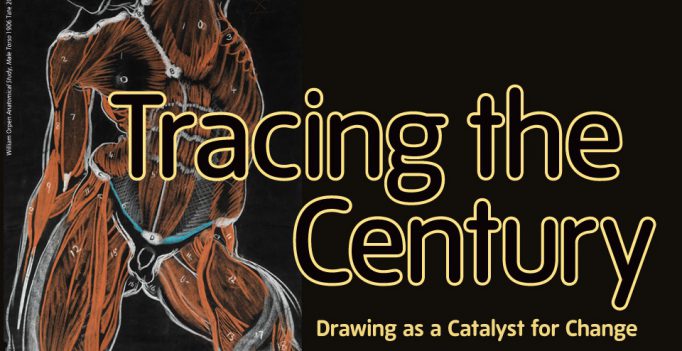16th November 2012 – 23rd January 2013, Tate, Liverpool, 5 pounds, conc avail,
About
‘Tracing the Century’ TtC, is an eclectic assemblage consisting of prominent art works from the last 100 years which share the notion of drawing and mark making as a vital process common to all art practices including video art, sculpture, painting and traditional drawing.
Drawing & Mark making
The exhibition is discursive of drawing’s role as a diversifying and catalytic material from the modern to the contemporary periods. In its form drawing has become a meta-material without virtue (in the Platonic sense), unfixed and mutable yet still with a strong identity and role as a material and untapped experimental form. One of the reasons for drawing’s longevity as a creative vehicle and its many paradigm shifts from the detailed, precise, anatomical, isometric, abstract, graphical, painterly, sculptural and other such emotive forms as video, & photography (drawing with light) and sound art has been its versatility.
More on drawing
Drawing as a meta-material and evolutionary practice has seen its roots and various permutations and genealogies change over time from prehistoric, the cattle on Cave Lascaux’s Walls, to the industrial, blueprint’s used in manufacture; cartography, astronomy and so on. But perhaps nowhere has the documented transition of thought from mind to some tangible thing or surface wrought as much innovation, wonder and inspiration as that in art and fine art. Where is this journey taken us, and what’s next? With regard to drawing we are at an almost post evolutionary impasse a plateau where quite literally anything is possible it is only the limitation of the artist to realize this and ensure the inspiration of future generations.
The power of drawing
The modern era and the contemporary periods more so have witnessed the shift away from drawing as mutable and atomic frameworks with single points of entry and departure. In the exhibition the piece, ‘Line describing a cone’ by Anthony McCall 1973 perhaps most aptly illustrates this as an object lesson. The work is in three dimensions, it is optical, installation, sculpture, expanded, kinetic, even corporeal but it is also a drawing. The piece documents during a thirty minute cycle, a single shaft of light projecting an arc onto a cone a the opposite side of the room. The piece although not a traditional drawing remains a drawing. It could even be called a photograph, literally a drawing of light.
To go or not to go?
To name a few of the artists in the exhibition, Gauguin, Giacometti, Orpen, McCall, Johns and Wilke, so the exhibition is of quality and definitely worth the visit. The only failing is that there was not a richer more expansive collection of work. To really promote what has become accepted discourse the exhibition could have devoted some resources on currents within periods related but not limited to gender, race, nationality, commerce and how these coupled with the rise of new techniques in drawing are often a contrapunctal moment to sociological movements and ways of seeing.
OUTLINE
A diverse visual collection of artists from the modern to the contemporary presenting a variety of mediums from chalk on paper to video.
www.tate.org.uk/whats-on/tate-liverpool/exhibition/tracing-century-drawing-catalyst-change
written by: Colin Humphrey
